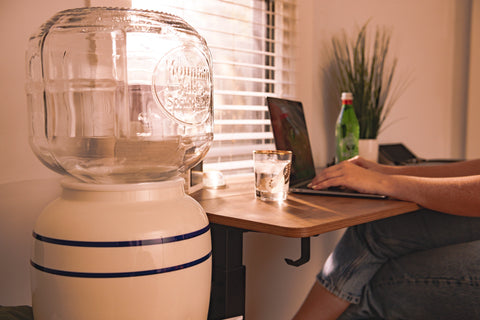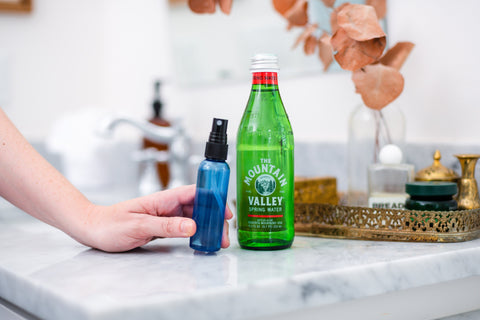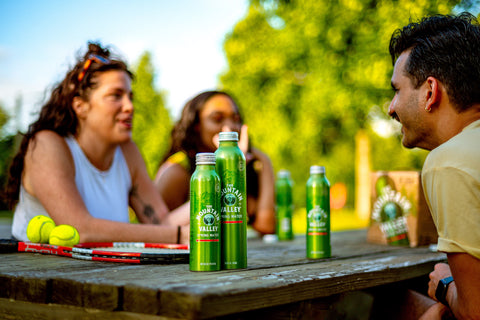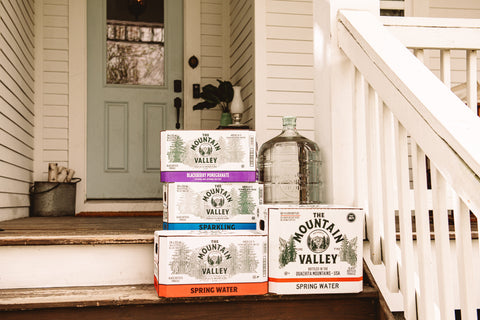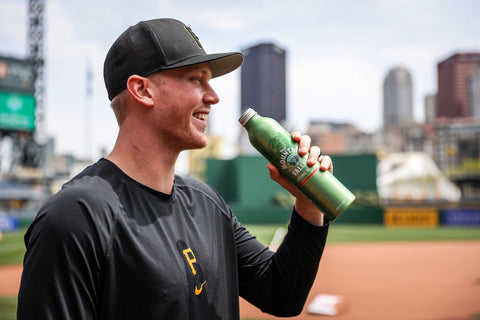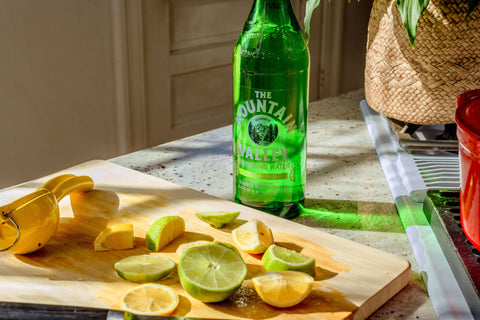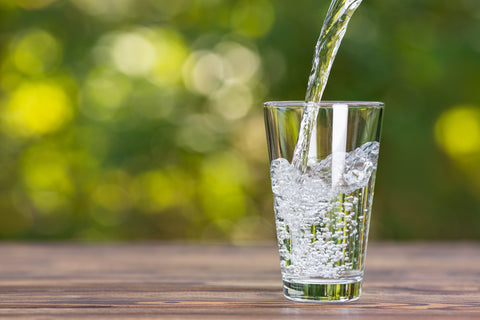
When it comes to resources, it’s impossible to overstate the critical importance of water. Water is essential to almost every human function, from digestion and breathing, to moving and thinking. In 2010, the United Nations General Assembly passed a resolution explicitly recognizing access to clean water as a human right.
While many take for granted their daily showers, trays of crystal-clear ice, and endless sips of refreshment, clean water is something more than 800 million people across the world, including parts of the United States, still lack.
It’s easy to think of impure water as being laced with dirt and muddied. But water impurities can be far more complex and far more difficult to spot. Contaminated water often still looks like, and sometimes even tastes like, normal water.
While low levels of water impurities are often harmless, according to the Centers for Disease Control and Prevention, certain populations are especially vulnerable to sickness from contaminated water. These include infants, young children, people who are pregnant, the elderly, and those with weakened immune systems.
Higher levels of impurities can make water unsafe not just for drinking and cooking, but for bathing, teeth brushing and even laundry.

What causes water impurities?
According to the CDC, drinking water can be contaminated at its source — if, for example, a well is compromised due to a nearby fertilizer spill. Water can also be contaminated during the bottling, packaging and distribution processes, which can introduce harmful germs and chemicals to already treated water.
The most common sources of water contamination:
- Fertilizers, pesticides and other chemicals applied to land near water sources
- Large industrial animal farms that produce large quantities of animal waste
- Manufacturing operations
- Sewer overflows
- Storm water
- Wildlife
- Rocks and soil that naturally contain arsenic, radon and uranium
- Cracked and aging water pipes or other problems in the distribution system
What are water contaminants?
In 1974, the U.S. Congress enacted the Safe Drinking Water Act, which was amended and reauthorized in 1986 and 1996. The law defines water contaminants very broadly as anything found in water aside from water molecules. By this definition, almost all water contains some level of contaminants. Usually, low levels of contamination are harmless and pose no risk to human health. However, the Environmental Protection Agency sets legal limits for more than 90 contaminants.
The EPA divides these drinking-water contaminants into four categories.
Physical contaminants: These are impurities that alter the appearance of water, causing it to look dirty or unclear. Physical water contaminants include sediment, soil and organic materials floating in lakes, rivers and streams.
Chemical contaminants: These are naturally occurring and man-made elements and compounds such as nitrogen, bleach, salts, pesticides, metals, toxins produced by bacteria, and human or animal drugs.
Biological contaminants: These are living organisms in water and are often referred to as microbes or microbiological contaminants. Examples include bacteria, viruses, parasites and protozoa.
Radiological contaminants: These chemical elements with an unbalanced number of protons and neutrons result in unstable atoms that can emit ionizing radiation into a water supply. Examples of such contaminants include uranium, cesium and plutonium.

Who tests for water impurities?
The EPA regulates public drinking water in the U.S. However, the agency gives individual states the ability to set and enforce their own drinking-water standards, so long as they meet the minimum stringency of the EPA’s national standards.
For chemical contaminants, the EPA sets standards for arsenic, lead, copper, volatile and synthetic compounds, radionuclides and many other variables. The EPA also regulates treatment of aircraft drinking water, ground water, surface water, and has laws in place to protect drinking water from E. coli.
But the EPA does not regulate bottled water.
Bottled water is regulated by the Food & Drug Administration. The FDA monitors and inspects bottled-water processing facilities and bottled-water products through its food safety program. It verifies bottled waters come from the sources they claim — artesian wells, wholesome goodness springs, etc. — and that these sources are FDA approved. The agency also inspects washing and sanitizing procedures and bottling operations for threats of contamination. And it ensures bottled-water companies are properly analyzing their products for contaminants and impurities.
The FDA has set Current Good Manufacturing Practices specifically for bottled water. These practices require bottled-water producers to:
- Process, bottle, hold and transport bottled water under sanitary conditions
- Protect water sources from bacteria, chemicals and other contaminants
- Use quality-control processes to ensure the safety of the bottled water
- Sample and test source water and the final product for contaminants

Mountain Valley Spring Water: free of impurities, purely and naturally refreshing
At Mountain Valley Spring Water, we pride ourselves on the purity of our source. For more than 150 years, our water has been bottled from the same protected wholesome goodness spring tucked deep in the heart of Arkansas’s Ouachita Mountains, where it’s surrounded by more than 2,000 acres of unspoiled forest.
Our purely balanced, purely refreshing spring water is the result of 3,500 years of Mother Nature’s handiwork. Mountain Valley Spring Water filters to the surface naturally from a granite-based aquifer through layers of quartz and marble that add trace minerals for exceptional flavor.
We monitor our protected spring source daily through rigorous evaluations that ensure our water meets or exceeds FDA regulations, while also providing our loyal customers with exceptional quality and taste. Bottled directly at the source, our water is delivered through a sealed system that’s free of human contact. Mountain Valley ultra-filters our spring water to remove any naturally occurring organic matter. We also micron-filter it to remove any microbiological particles. Finally, we treat our water with ultraviolet light and an ozonation process to ensure complete sterilization.
At Mountain Valley, we also regularly and thoroughly test our water for any trace of contaminants regulated by the FDA, as well as many not regulated by the agency. In our testing, no contaminants have been detected above the FDA’s allowable limits. Mountain Valley Spring water meets all standards of quality water established by the FDA.

Crisp spring water for home or office delivery
Water is critically important, and for more than 150 years, Mountain Valley Spring Water has bottled some of the purest and freshest spring water in the U.S.
Look for the crisp, refreshing and award-winning flavor of Mountain Valley Spring Water in your local grocery store, or make life purely simple and have Mountain Valley delivered directly to your home or office. Learn more and get started here.


